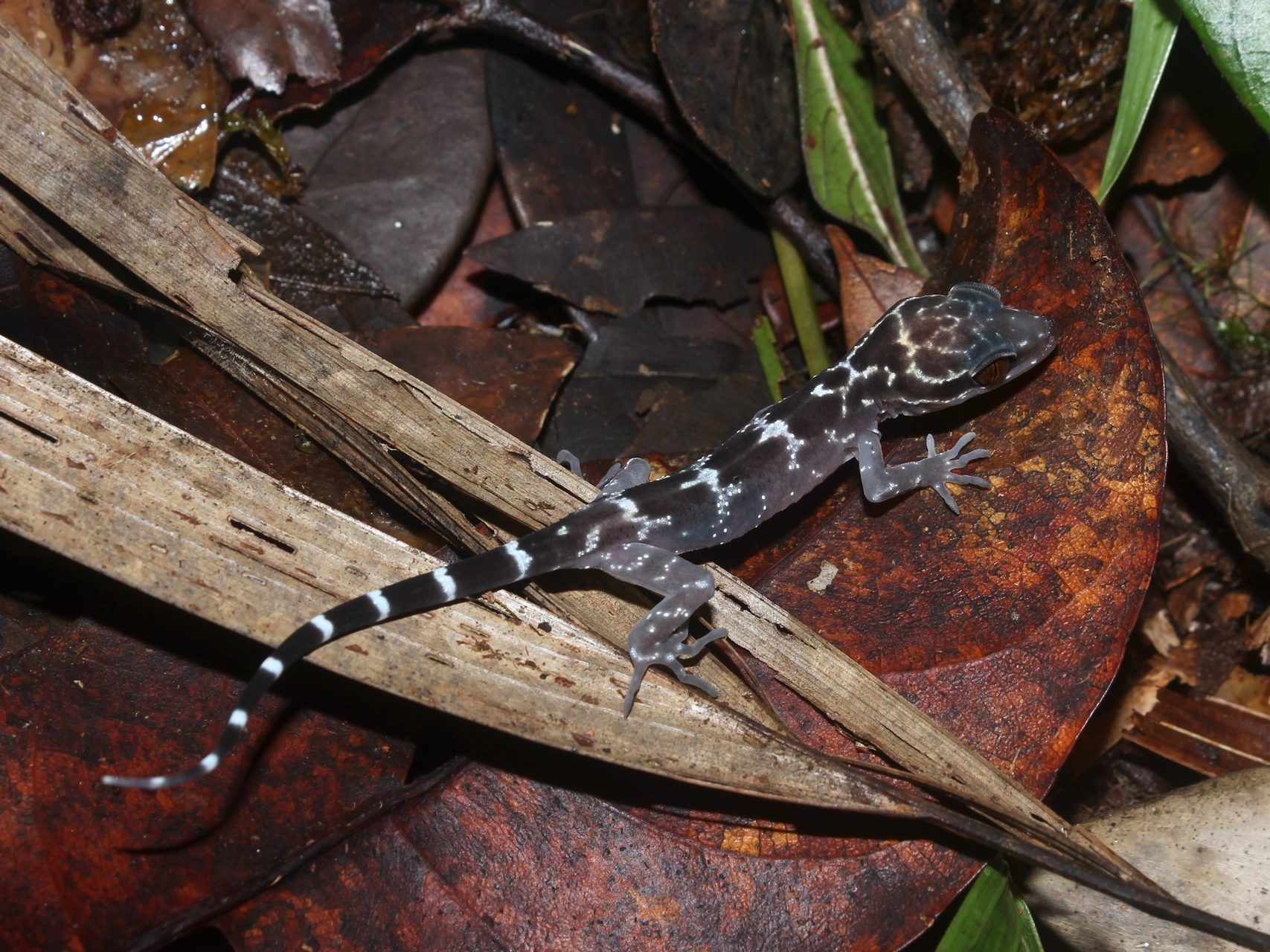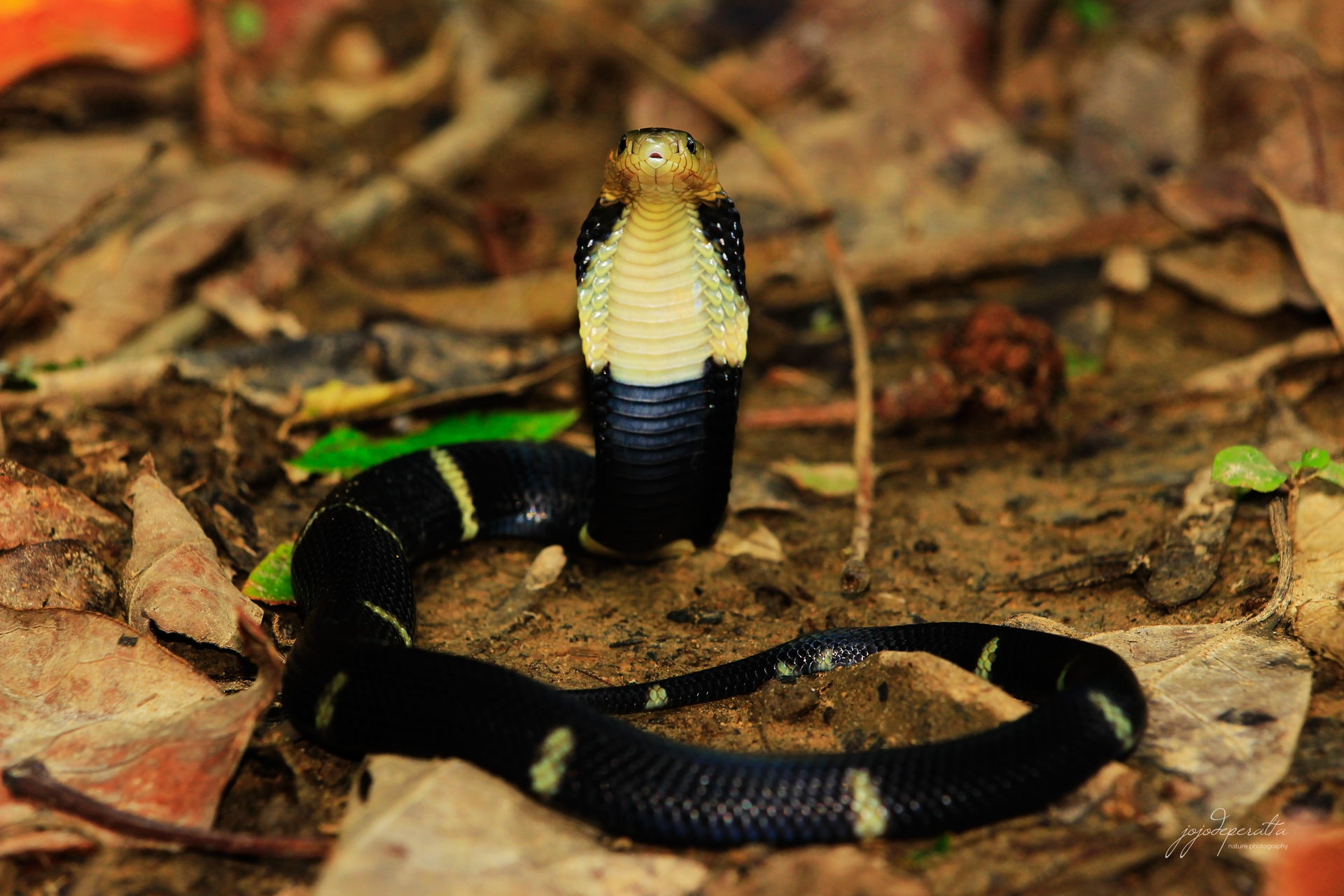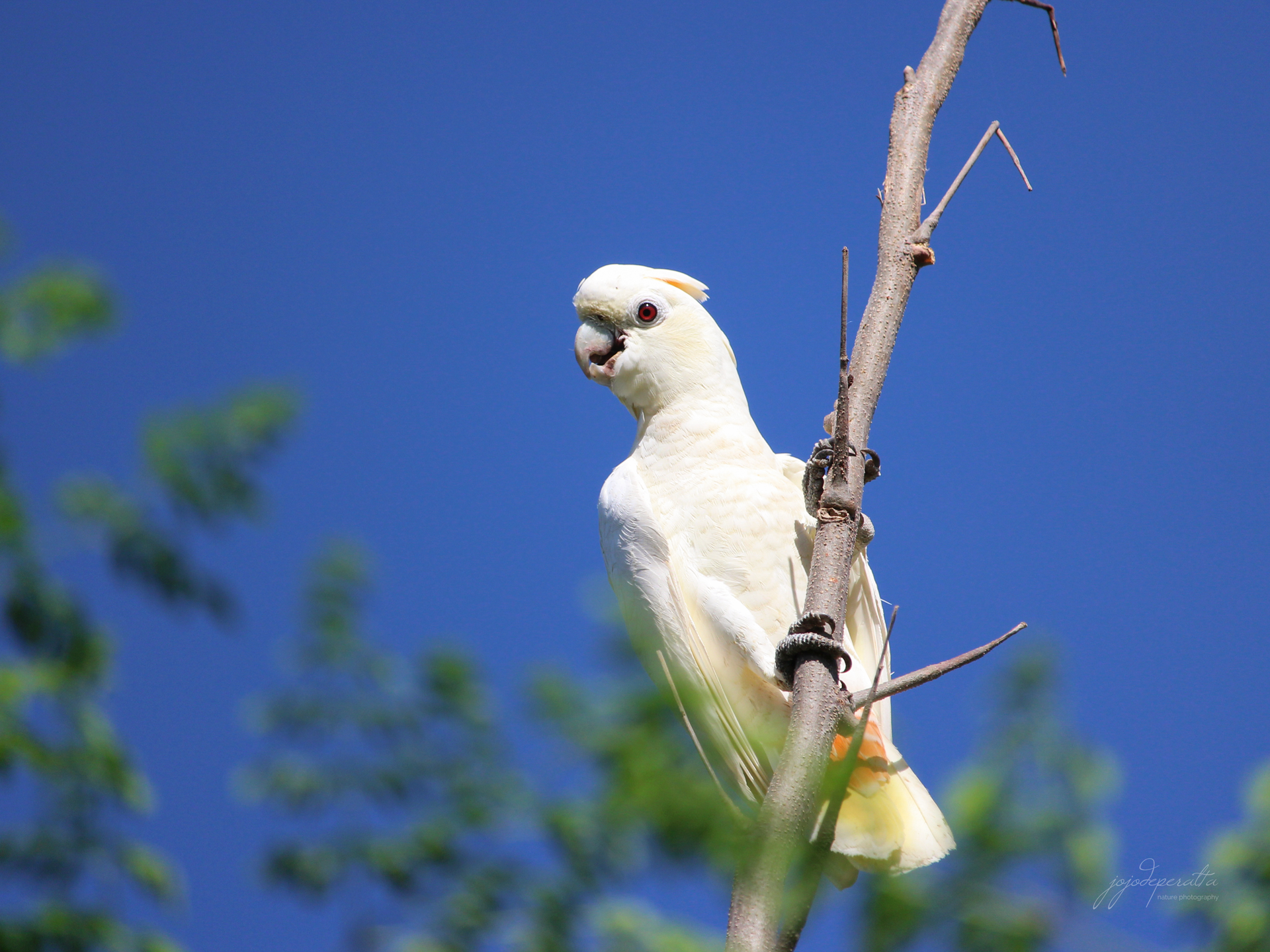Cyrtodactylus redimiculus (King, 1962) is a member of the diverse genus of Asian geckos called the bent-toed geckos or bow-fingered geckos. The C. redimiculus
is endemic to Palawan where it's commonly known as the Palawan
Bent-toed Gecko.
 |
| Palawan Bent-toed Gecko |
This attractive gecko has slender digits that lack expanded pads. The fingers and toes are well adapted for gripping on tree bark and rough surfaces. It has large dark brown eyes that have vertical pupils.
 |
| Palawan Bent-toed Gecko |
 |
| A juvenile Palawan Bent-toed Gecko |
This species is listed as Near Threatened in IUCN, but is believed to be almost qualified as Vulnerable because of the restriction of its distribution and the ongoing decline of suitable forest habitat.













